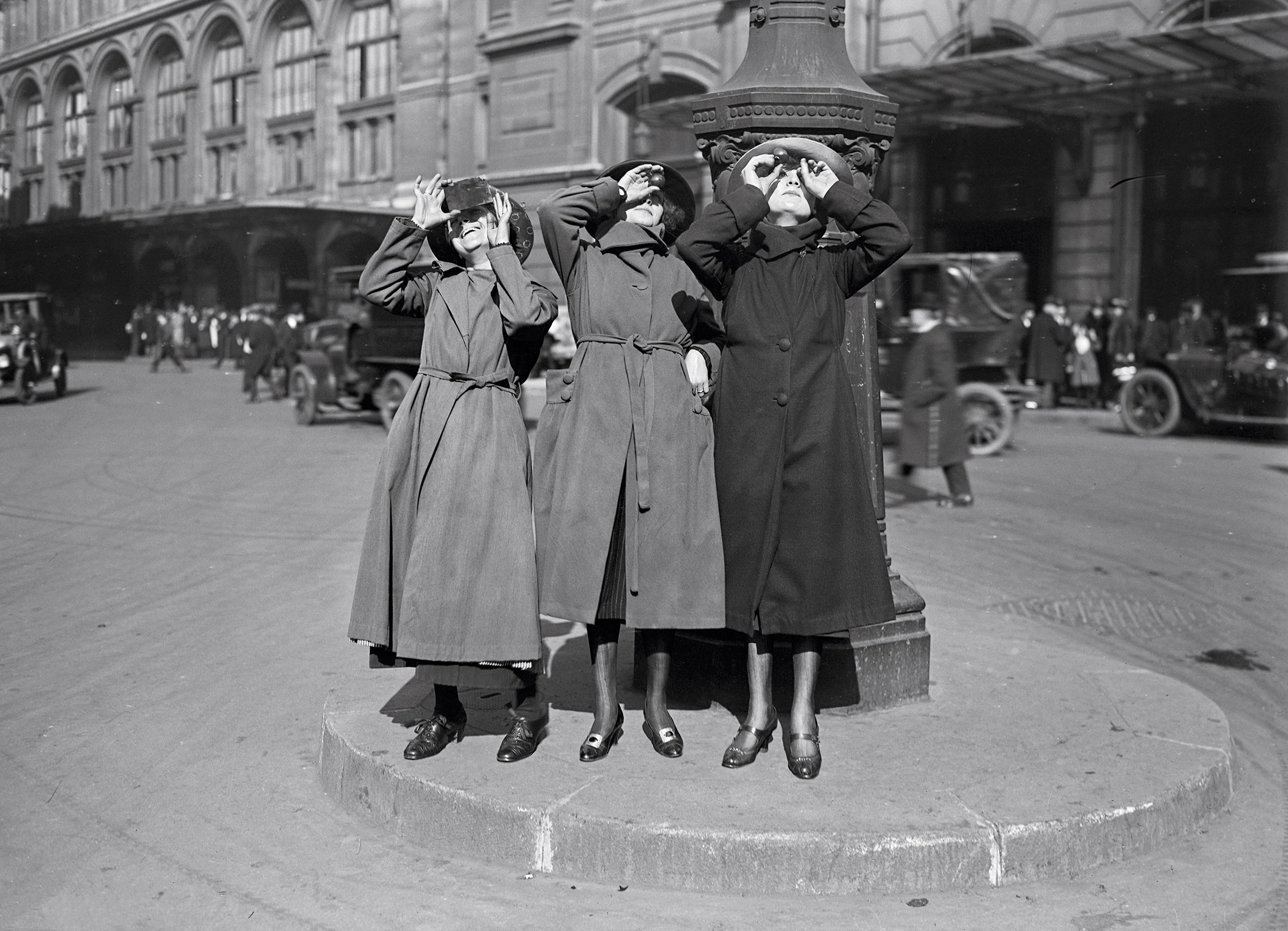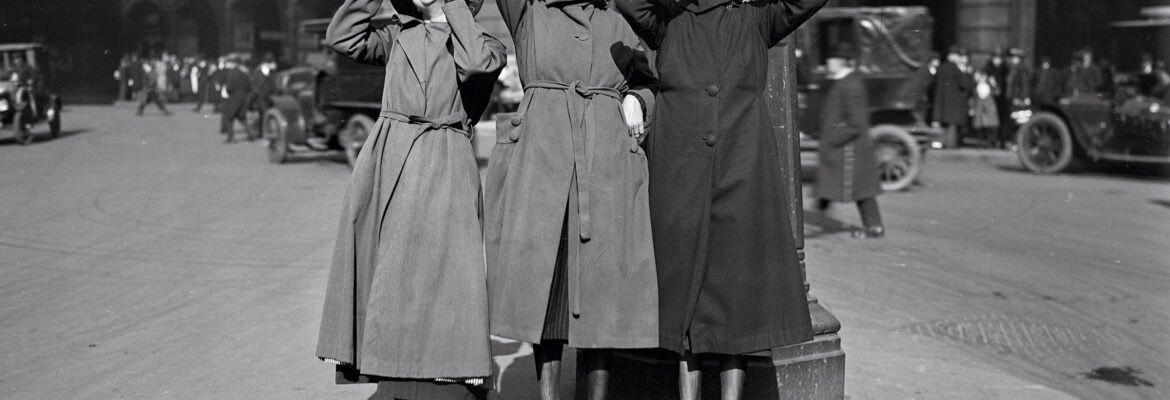How to Safely Watch the Total Eclipse

The first solar eclipse I had a chance to witness I in fact didn’t witness at all. It was July 20, 1963, and I was attending Camp Comet in Waynesboro, Pa. The camp’s owners and counselors—not to mention, our parents—wanted nothing to do with the prospect of 150 literally wide-eyed boys staring directly at the sun as the moon partly obscured it. So they kept us inside our geodesic-dome-shaped bunks and draped blankets over the windows until the danger had passed.
[time-brightcove not-tgx=”true”]
From a safety perspective, that, in fact, was not a bad precaution. That’s because there is a lot of damage the sun can do to the retina of the eye as the eclipse approaches and then passes totality—and that damage can affect your vision for life. So, if you’d like to bear witness to a celestial event that will not touch the U.S. mainland again until Aug. 23, 2044, while at the same time protecting your eyes and preserving your sight, here’s how best to observe the upcoming April 8 total eclipse.
What looking at the eclipse does to your eyes
The good news is that the most transcendent and transformative part of a total solar eclipse takes place in the relatively brief period of totality, when the disk of the moon is completely covering the disk of the sun. During these few minutes it’s safe to look up with unprotected eyes and take it all in. The bad news is that matter of brevity: The longest the April 8 eclipse will last as the path of totality tracks from Texas to New England will be just shy of four and a half minutes, over portions of Texas. In other cities the duration of totality will be less than that. But the hours that will unfold before and after that moment, when the sun is first reduced to a steadily shrinking crescent and then reappears as a growing one, are perilous.
The reason is that while your surroundings may get darker during the slow disappearance of the sun, looking directly at light caused by a solar crescent is no safer than looking at the sun at any other time—and the squinting and blinking you’ll do if you try are your eyes’ reflexive way of protecting you from the damage you’re doing to them. As the Cleveland Clinic explains, the lens of your eye operates like any other lens, concentrating incoming light to a hot and fine beam. Much like using a magnifying glass’s lens to burn a piece of paper or wood, the retina of the eye can similarly be burned, causing damage and scarring.
Read More: How Animals and Nature React to an Eclipse
“Solar retinopathy is a photochemical injury to your retina,” wrote Dr. Nicole Bajic, a surgical ophthalmologist at the Cleveland Clinic, in an email to TIME. Unstable molecules from the sun, called free radicals, damage both the pigment of the retina and light-sensitive photoreceptor cells, she explains.
Worse, as with anything you’re concentrating on visually, you’ll almost certainly be focusing that incoming solar energy on the central part of the retina, known as the macula, which is the part that processes fine detail. When you’re reading, you’re using your macula; when you’re identifying faces, you’re using your macula; when you’re making subtle distinctions among colors, you’re using your macula. Fry that part of the eye, and you’re destroying the most valuable real estate your retina has.
The popular idea, or at least the popular fear, is that eclipse-related retinal damage will lead to blindness—and the fact is, if you look long enough and the retina is burned severely enough, the eye could indeed grow entirely dark. However, in most cases, the harm that’s done will lead to blurred vision, floaters, blind spots, or so-called low vision—similar to trying to see in a darkened room. Bajic warns that blind spots or decreased vision “unfortunately can be permanent in some cases.”
What’s true for looking at a partially obscured sun with your naked eye is true too of looking at it through a telescope, camera, binoculars, or even through your phone. And forget about sunglasses; they don’t screen out nearly enough light to keep you safe.
Buy the right eclipse glasses
What does work, as NASA and the American Astronomical Society (AAS) recommend, are hyper-shaded, eclipse-rated glasses with lenses that carry the ISO 12312-2 darkness rating. Glasses without that designation will not protect your eyes sufficiently, even if you don’t feel like you’re getting too much light.
Read More: How Cities Around the U.S. Are Celebrating the Eclipse
However, there are counterfeit eclipse glasses out there, and trying to buy protection on the cheap can carry a very high long-term price. It’s thus best to purchase glasses only from reputable marketers. The AAS has a Suppliers of Safe Solar Viewers & Filters page on which it lists what it considers to be reliable sellers not just of glasses, but of safe filters for telescopes, binoculars, and cameras as well.
Make a viewing box
Another method for viewing the sun before totality—or at least a simulacrum of the sun—is to make a pinhole projector simply by poking a hole in a piece of paper or cardboard, holding it in the path of the sun, and looking down at the ground or any other surface, rather than up at the sun. The point of light that comes through the hole will instead be a crescent, precisely capturing the amount of the sun that is missing at the moment you view it. A colander can achieve the same effect, and in this case will produce a whole spangle of crescents. As I learned to my surpassing delight during the May 10, 1994 partial eclipse, when I hastened over from my office to the leafy southeast corner of Central Park in New York, merely standing under a tree will allow you to see the dappling of light that passes through branches as a dappling of crescents on the ground.
Ultimately, 35 years after I missed my first shot at a total eclipse, I did at last catch up with one, aboard a ship just to the west of the Panama Canal, on Feb. 26, 1998. As the skies darkened and the waves lapped, a corona of solar flames seemed to explode from behind the black disk of the moon. I had guarded my eyes in 1963, and the span of three and a half decades that passed before I at last beheld an eclipse—safely viewing it through eclipse glasses—was well worth the wait.
View original article
Contributor: Jeffrey Kluger

